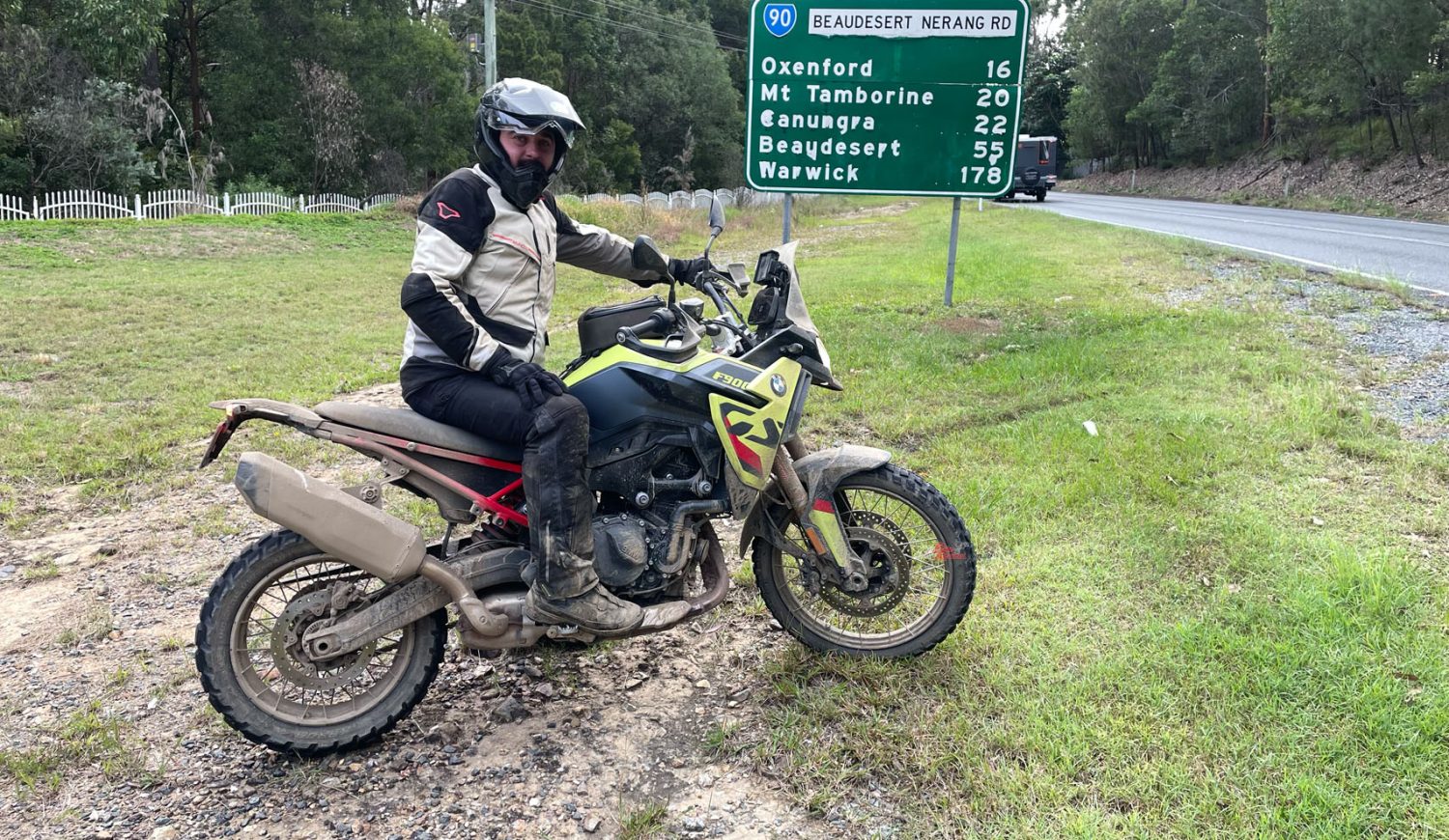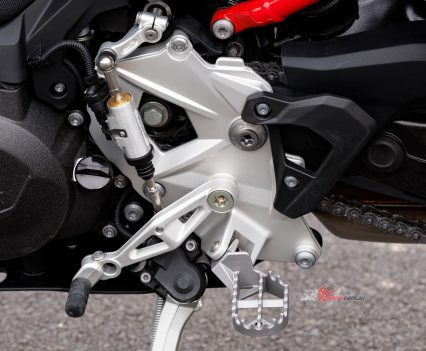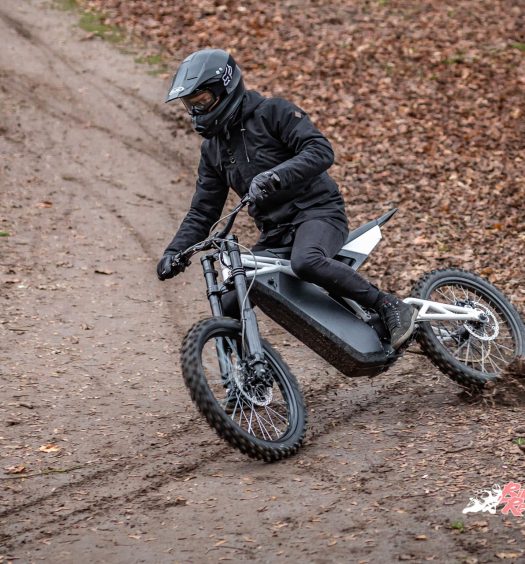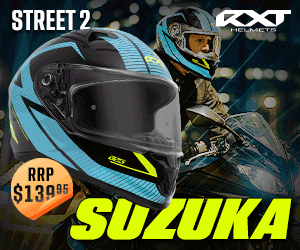With ABS Pro, off-road tyres, cross-spoked wheels, heated grips, enduro footpegs and a 6.5in TFT screen as standard, the F 900 GS packs some punch. We put the GS to the test...
It has been 16 years since BMW first released its parallel-twin dual-sport motorcycle. Riding on the coattails of the Boxer GS, the middleweight GS came with an engine derived from the short-lived F 800 S sportsbike. Hitting the market in 2008, it redefined the middleweight ADV class.
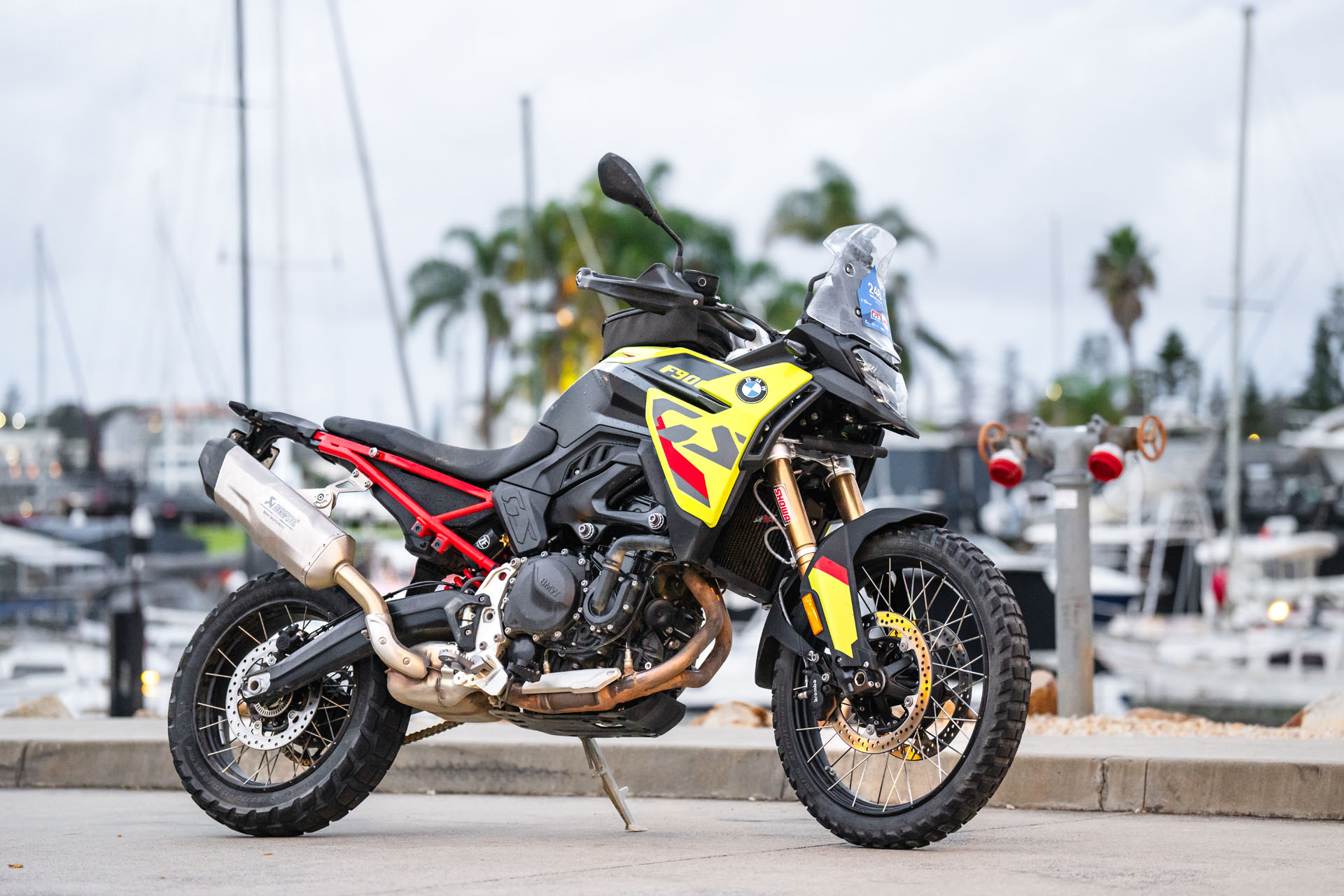
“The GS can be tailored to wherever your penchant lies between the tarmac, occasional fire trail, desert dunes or snotty single-trails”… Matt tested the F 900 GS Enduro with Dynamic Pro and Enduro Pro packages. The full monty!
The F 900 GS
The release of the GS essentially spelt an end of an era for big-bore single-cylinder adventure bikes. With none of the long-haul comfort and capability that larger capacity adventure bikes had off the showroom floor, the era of the XR and DR-Z has given way for a mid-capacity, 100 horsepower-ish, class that KTM, Ducati, Triumph, Honda and Suzuki are all now a part of.
New for 2024, BMW has made their dual-purpose machine a sharper tool off-road by shedding a heap of weight…
For me, the middleweight adventure bike class is where it’s at. Striking an optimum balance between purpose and capability when the going gets rough and covering big distances with ease and comfort, there is very little that this class of adventure machine can’t do. Like a bowl of Kellogg’s Just Right, these middleweights aren’t too heavy compared to some of the over 1000cc behemoths, and they aren’t too light on power with 100hp plus the norm.

More power, less weight and three variants for the F GS range for 2024. What is not to like at under $22k ride away.
What’s New?
New for 2024, BMW has made their dual-purpose machine a sharper tool off-road by shedding a heap of weight, giving it more power and wrapping it up in an ergonomic and handling package that is better in all riding conditions. What’s more is that with a bunch of optional extras, accessories and upgrade packs, the GS can be tailored to wherever your penchant lies between the tarmac, occasional fire trail, desert dunes or snotty single-trails.
BMW’s range now consists of three 900 GS’s – the F 900 GS, GS Enduro and GS Adventure. All built off the F 900 GS platform, the Enduro is essentially a few targeted changes over the GS to better suit more adventurous riding, whereas the Adventure is a very different machine specifically designed for predominately off-road, long-haul expeditions with a bigger capacity tank, more touring-like ergonomics, loads of crash protection and more capacity to carry what you want. We got to test the F 900 GS Enduro with Dynamic Pro and Enduro Pro packages over three days at the GS Safari.
Check out our gallery of the GS Safari and video here…
Upgrades
At the heart of the new GS is the growth of the 853cc F 850 GS to the 895cc F 900 GS platform. The new engine gets 11kW and 6Nm more from a 2mm wider bore that also features a slightly higher 13.1, from 12.7, compression ratio. Where the bulk of the change comes from is a drop in 14kg when fully fuelled from a styling revamp that produces a more aggressive, purposeful adventure machine.

The larger capacity F 900 GS engine has more power and torque but the same great character as before.
As aggressive as the new styling may look, the engine hasn’t changed in its overall character. Now with those extra cubes it delivers more punch down low and more outright power higher up in the rev range. Combine this with a big weight loss and the GS is sprightlier and sharper in its power delivery, yet relaxed enough to sit on highway speeds all day long. The engine is well-balanced and not vibey at high rpm, with low-speed control a highlight of the package combined with the light and nimble handling dynamic as a result of the slimmed-down machine.
The new engine gets 11kW and 6Nm more from a 2mm wider bore…
A bulk of the weight loss has come from the lighter, plastic fuel tank, with the redesigned rear sub-frame and Akrapovic exhaust accounting for much of the rest of the saving. The new rear-end is pared down with the seat narrow, flat and long – the rack ideal for carrying gear or keeping pillions secure. And while the new tank is only 500ml smaller at 14.5-litres, you don’t have the range the 900 GS Adventure carries with an extra 8.5-litre capacity.
Ergonomics
The handlebar position is higher than the more-relaxed 850 GS, with a taller, flatter, motocross-style ‘bar while the gear shift has an eccentric adjuster to alter its height without fiddling on lever position. The brake lever has a throw-down riser to quickly and easily change its height as conditions change.
The standard seat height of 870mm is a pretty comfortable height for my six-foot frame, with an 815mm second height available from the seat in standard form. The better-looking single seat rides at only 870mm, while the optional equipment Rally seat is adjustable between 855 and 890mm.
The rider triangle isn’t exactly an aggressive perch, though it does bit you in a better riding position for more technical, slow speed situation than the previous GS did. The GS isn’t the narrowest between the knees and is deceptively high in the saddle, meaning taller riders are going to be most confident in technical riding situations.
On the open road the windshield provides some decent deflection despite its compact size, and in what was a shower that became rain, some good frontal protection. The hand-guards take the brunt of the cold and water out of the ride, but those heated handgrips are where it’s at! A great way to dry out sweaty or soaking wet motocross gloves!

Matt loved the F 900 GS Enduro and found it the perfect balance between weight and power for off-road control.
Both left and right side of the handlebars carry BMW’s trademark switchgear that, on first inspection is quite daunting to look at, becomes second nature to use in all of the functions it has on offer. Cruise control, mode selectors, heated handlebar grips and traction control are all controlled off here and easy to do on the fly.
GS Enduro
The 900 GS Enduro carries a few extra additions over the base model GS, namely keyless ignition, cruise control, preparatory hardware for BMW’s navigation system, tyre pressure monitoring and M Endurance chain. I wouldn’t say it’s enough to justify calling it as an entirely different model, but it’s a starting point that would go nicely with the other two packages on offer.
Packages
There are two different packages available from the factory – so you have to order these when you order your bike – available to bolster the base model GS or GS Enduro. There is the Dynamic Package (as tested) available which adds a quickshifter and Pro riding modes. The quickshifter is great in tight, technical situations and the Pro riding mode feature allows you to adjust the parameters of throttle response, ABS and TC electronic controls in each of the riding modes, but not alter engine braking.
The Enduro Package Pro (also as tested) is a suspension package and different handlebar, is what delivers the biggest upgrade to the base model. The standard 43mm forks give way 45mm SHOWA units and a Sachs rear shock. Along with a forged aluminium handlebar riser that lifts the handlebar an inch, the result is a ride that is more controlled and capable off-road, along with a riding position that takes a load off the upper body when riding standing up.
BMW has an accessory package that is a must for riders that will spend more time off road. The Safari Pack includes engine protection bars, alloy bash plate, frame guards, dual USB charger, tubeless tyre repair kit and a dash protector.
Conclusion
Priced at a smidge over $20k on road, the F 900 GS is at the less expensive end of the middleweight adventure market. That’s not something you could always say of a new BMW and what’s more there is no compromise in quality, performance or style in making this possible. As far as adventure bikes go, the F 900 GS is an adventure bike with a whole lot to offer the rider that wants to do it all.
2024 BMW F 900 GS Specifications
Price: From $21,655 R/A
Warranty: Five-years unlimited km
Colours: São Paulo Yellow (tested), Black Storm Metallic, Light White/Racing Blue Metallic/Racing Red
Claimed Power: 77kW@8500rpm
Claimed Torque: 93Nm@6750rpm
Kerb Weight: 219kg
Fuel capacity: 14.5L
Consumption Claimed: 4.4L/100km
Engine: Water-cooled, two-cylinder, four-stroke engine with four valves per cylinder, two overhead camshafts and dry-sump lubrication, 86mm x 77mm bore x stroke, 895cc, 13.1:1 compression, Electronic intake pipe injection / digital engine management system: BMS-X with throttle-by-wire Gearbox: Six speed, constant mesh Clutch: Multiplate in oil bath, anti-hopping clutch.
Chassis: Frame: Bridge-type frame, steel shell construction
Rake: 28 degrees Trail: 120mm
Suspension: Upside-down, 43mm, spring preload manually adjustable, rebound and compression adjustable, 230mm travel (f) Cast aluminium dual swingarm, central WAD shock, spring preload hydraulically adjustable, rebound damping adjustable, 215mm travel (r)
Brakes: Twin 305mm disc, two-piston floating caliper (f), 265mm disc, single-piston floating caliper (r)
Wheels & Tyres: Wire-spoked aluminium wheels, 90/90R21 (f) 150/70R17 (r) tyres.
Dimensions:
Seat height: 815/870mm
Ground clearance: N/A
Overall width: 943mm
Length: 2270mm
Height: 1393mm
Wheelbase: 1590mm
Instruments & Electronics: ABS Pro, 6.5in TFT Display with Connectivity, Dynamic Brake Light, Comfort Turn Indicator, LED Headlight, Taillight and Indicators, LED Daytime Riding Light, 12V Socket, USB Port.
Ratings | Bike Review | 2024 BMW F 900 GS Enduro


